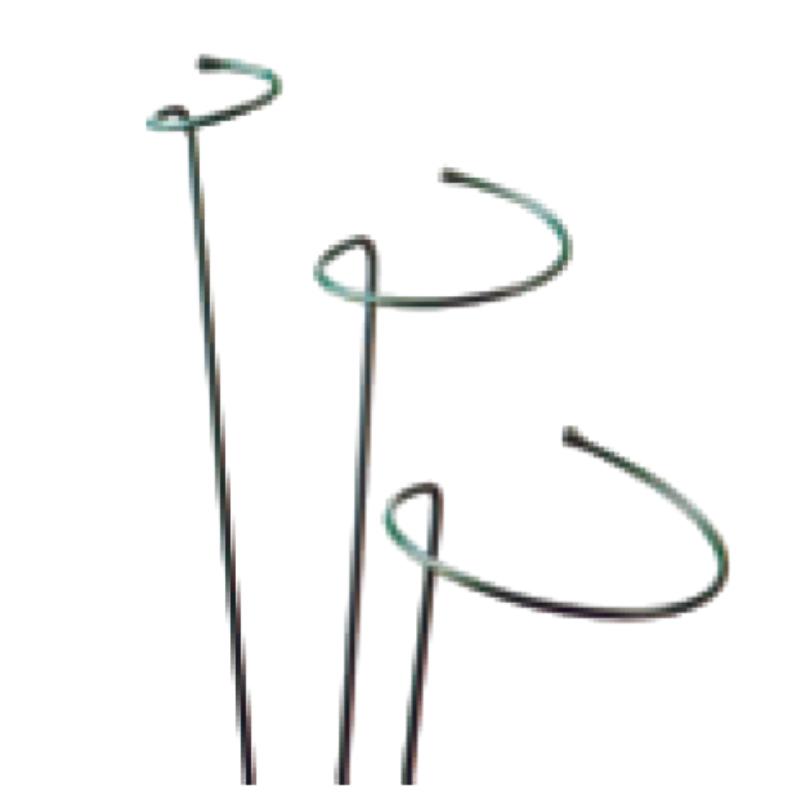-
E-mail:zhao@hyliec.cn
-
Tel:+86 311 85273988
-
WhatsAPP:8613931128750
-
 afrykanin
afrykanin -
 albański
albański -
 amharski
amharski -
 arabski
arabski -
 ormiański
ormiański -
 azerbejdżański
azerbejdżański -
 baskijski
baskijski -
 białoruski
białoruski -
 bengalski
bengalski -
 bośniacki
bośniacki -
 bułgarski
bułgarski -
 kataloński
kataloński -
 Cebuański
Cebuański -
 korsykański
korsykański -
 chorwacki
chorwacki -
 Czech
Czech -
 duński
duński -
 Holenderski
Holenderski -
 język angielski
język angielski -
 esperanto
esperanto -
 estoński
estoński -
 fiński
fiński -
 Francuski
Francuski -
 fryzyjski
fryzyjski -
 galicyjski
galicyjski -
 gruziński
gruziński -
 Niemiecki
Niemiecki -
 grecki
grecki -
 gudżarati
gudżarati -
 Kreolski haitański
Kreolski haitański -
 hausa
hausa -
 hawajski
hawajski -
 hebrajski
hebrajski -
 Nie
Nie -
 Miao
Miao -
 język węgierski
język węgierski -
 islandzki
islandzki -
 ibo
ibo -
 indonezyjski
indonezyjski -
 Irlandczyk
Irlandczyk -
 Włoski
Włoski -
 język japoński
język japoński -
 jawajski
jawajski -
 Kannada
Kannada -
 kazachski
kazachski -
 Khmer
Khmer -
 Rwandyjski
Rwandyjski -
 koreański
koreański -
 kurdyjski
kurdyjski -
 Kirgiski
Kirgiski -
 gruźlica
gruźlica -
 łacina
łacina -
 łotewski
łotewski -
 litewski
litewski -
 luksemburski
luksemburski -
 macedoński
macedoński -
 Malgashi
Malgashi -
 malajski
malajski -
 malajalam
malajalam -
 maltański
maltański -
 Maoryski
Maoryski -
 Marathi
Marathi -
 mongolski
mongolski -
 Myanmar
Myanmar -
 Nepalski
Nepalski -
 norweski
norweski -
 norweski
norweski -
 oksytański
oksytański -
 paszto
paszto -
 perski
perski -
 Polski
Polski -
 portugalski
portugalski -
 Pendżabski
Pendżabski -
 rumuński
rumuński -
 Rosyjski
Rosyjski -
 Samoański
Samoański -
 szkocki gaelicki
szkocki gaelicki -
 serbski
serbski -
 język angielski
język angielski -
 Shona
Shona -
 Sindhi
Sindhi -
 syngaleski
syngaleski -
 słowacki
słowacki -
 słoweński
słoweński -
 somalijski
somalijski -
 hiszpański
hiszpański -
 Sundajczyk
Sundajczyk -
 Suahili
Suahili -
 szwedzki
szwedzki -
 tagalski
tagalski -
 tadżycki
tadżycki -
 Tamil
Tamil -
 Tatar
Tatar -
 telugu
telugu -
 tajski
tajski -
 turecki
turecki -
 Turkmenów
Turkmenów -
 ukraiński
ukraiński -
 urdu
urdu -
 Ujgur
Ujgur -
 uzbecki
uzbecki -
 wietnamski
wietnamski -
 walijski
walijski -
 Pomoc
Pomoc -
 jidysz
jidysz -
 Joruba
Joruba -
 Zulus
Zulus
Metal Plant Supports
What Is The Support Structure Of A Plant?
The support structure of a plant refers to the system of tissues and organs that provide stability and enable the plant to maintain an upright position. This support structure includes several key components:
1. Cell walls: The rigid cell walls of plant cells provide structural support, especially in non-woody plants. The cell walls help maintain the shape and rigidity of the plant's cells, contributing to its overall structure.
2. Stems: Stems play a crucial role in supporting the plant and providing a framework for the attachment of leaves, flowers, and reproductive structures. The stems also facilitate the transport of water, nutrients, and sugars throughout the plant.
3. Roots: The root system anchors the plant in the soil, providing stability and support. Additionally, roots absorb water and nutrients from the soil, contributing to the overall health and growth of the plant.
4. Vascular tissues: Xylem and phloem are specialized tissues that form the plant's vascular system. Xylem transports water and minerals from the roots to the rest of the plant, while phloem transports sugars and other organic compounds to various parts of the plant.
5. Specialized structures: Some plants have specialized support structures, such as tendrils, thorns, or aerial roots, which aid in climbing, attachment, or additional support.
The combination of these structural elements allows plants to maintain their shape, withstand environmental forces, and support essential physiological processes.
Iron Plant Supports Faq
What are the benefits of using iron plant supports?
Iron plant supports offer durability and strength, making them suitable for providing robust support for heavy or sprawling plants. They can withstand the weight of mature plants and help maintain their shape and structure.
What types of plants are best supported by iron plant supports?
Iron plant supports are well-suited for providing support to a wide range of plants, including peonies, roses, delphiniums, and other tall or heavy-flowering perennials. They can also be used for supporting climbing plants such as clematis or sweet peas.
How should iron plant supports be installed?
Iron plant supports should be installed firmly in the ground to ensure stability. When supporting individual plants, place the support structure around the plant early in the growing season, allowing the plant to grow into and around the support naturally.
Are there different styles and designs of iron plant supports available?
Yes, iron plant supports come in various styles and designs, including hoop supports, grid supports, and individual stakes. These different designs cater to the specific needs of different types of plants and can provide effective support while enhancing the visual appeal of the garden.
How can iron plant supports be maintained?
To maintain iron plant supports, periodically inspect them for signs of rust or corrosion, especially if they are exposed to the elements. If rust is present, it can be removed using a wire brush, and the supports can be treated with a rust-resistant coating or paint to prolong their lifespan.






